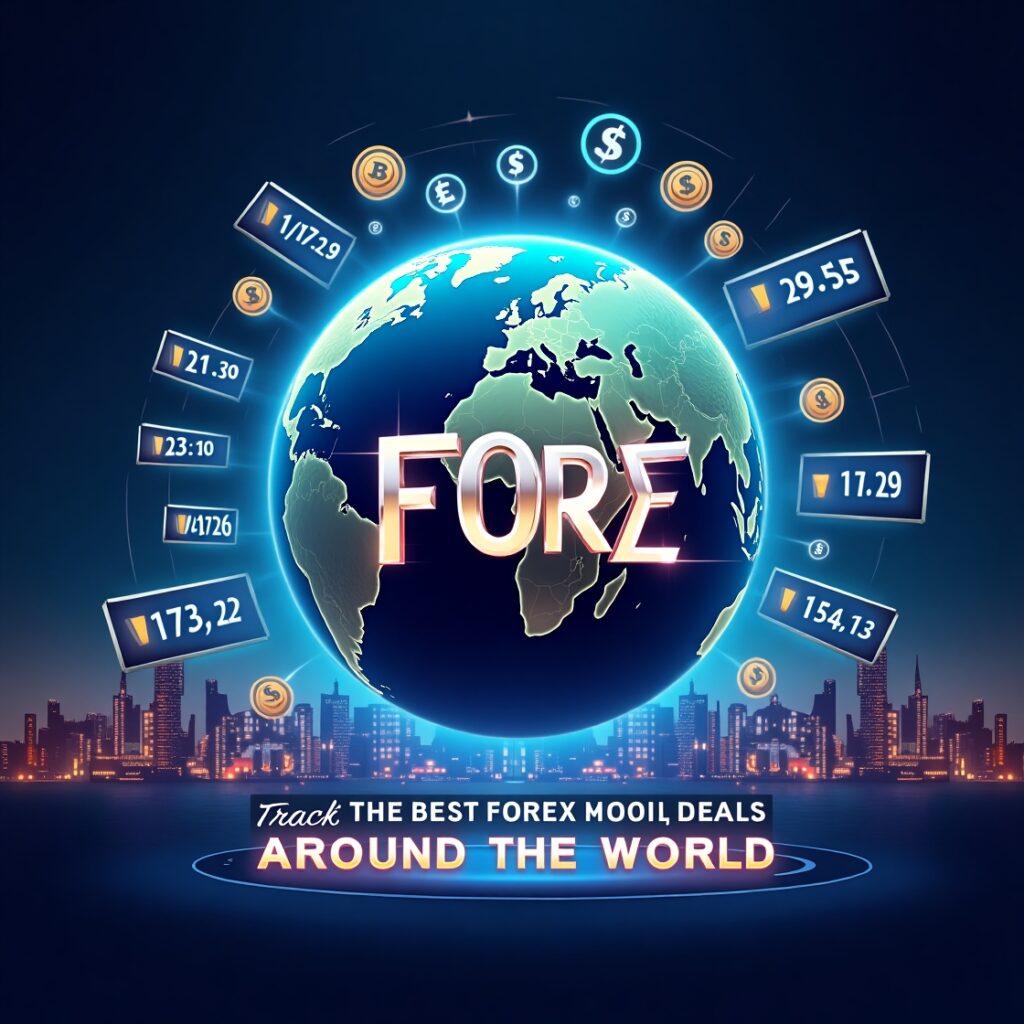
Introduction
Every day, trillions of dollars are exchanged in the global foreign exchange (FX) market, yet most people have little idea how it works—or why it matters. From the cost of your international vacation to the price of imported goods on your local store shelf, the FX market touches nearly every part of modern life.
The foreign exchange market (FX or forex)

is where currencies are traded. It’s the largest and most liquid financial market in the world, operating 24 hours a day across every time zone. Understanding global FX is essential for traders, businesses, travelers, and anyone who wants to make sense of the world economy.
In this article, we’ll break down how the FX market works, who participates, what drives currency values, and why it matters for your finances—even if you never plan to trade a single dollar, euro, or yen.
1. What Is Global FX?
The global FX market is a decentralized system where participants exchange one currency for another. Unlike stock markets that are based in central exchanges (like the NYSE), forex trading happens over-the-counter (OTC), across banks, institutions, brokers, and individual traders.
🔑 Key FX Facts:
- Daily volume: Over $7.5 trillion traded as of 2024
- Most traded currencies: USD, EUR, JPY, GBP, AUD, CHF, CAD
- Most traded pairs: EUR/USD, USD/JPY, GBP/USD, USD/CHF
The FX market consists of:
- Spot market: Immediate exchange at current rates
- Forward market: Contracts to exchange currencies at a future date
- Options and derivatives: Contracts tied to currency movements
💡 Example:
If you’re traveling from the U.S. to Europe, you exchange dollars for euros. The rate you get is determined by the FX market—and changes every second.
2. How Currency Exchange Rates Work

An exchange rate tells you how much one currency is worth in terms of another. For example, if 1 USD = 0.90 EUR, you’re getting 90 euro cents for every U.S. dollar.
📊 What Affects Exchange Rates?
- Supply and demand
- Interest rate differentials
- Inflation rates
- Political and economic stability
- Central bank actions
Types of Rates:
- Floating exchange rate: Set by the market (most major currencies)
- Fixed/pegged rate: Controlled by a government (e.g., Chinese yuan to USD peg)
3. Why FX Matters to the Global Economy
The global FX market plays a key role in maintaining global commerce. Every time a company imports goods, repays international loans, or hedges currency risk, they rely on forex.
🌍 Major Roles of FX:
- Trade and exports: A weak currency makes exports cheaper and more competitive
- Inflation and monetary policy: Central banks watch FX rates when setting interest rates
- Capital flows: Investors buy and sell assets across borders using local currencies
💬 Case Study:
When the Japanese yen weakens, Japanese cars become cheaper for U.S. buyers—boosting Toyota’s exports.
4. How FX Impacts Your Life
Even if you’re not a trader, the FX market affects your:
- Travel expenses (strong home currency = cheaper vacations)
- Imported product prices
- Gasoline and energy costs (oil is priced in USD)
- Interest rates and inflation
🛍️ Example:
If the U.S. dollar weakens, products imported from Europe or Asia become more expensive for American consumers. The price you pay at the store rises, even if you never deal in foreign currencies yourself.
5. Understanding Forex Trading
Forex trading involves speculating on currency price movements. Traders buy one currency while selling another, aiming to profit from fluctuations.
🛠️ Tools & Terms:
- Currency pairs: EUR/USD, GBP/JPY, etc.
- Pips: Smallest movement in a pair (usually 0.0001)
- Leverage: Borrowing to amplify trades (high risk)
- Stop-loss: Automatic sell to limit losses
⚠️ Important:
Forex is volatile. It offers high potential rewards, but even higher risks—especially with leverage.
6. The Role of Central Banks and Geopolitics
FX rates are highly sensitive to political and economic developments.
💣 Key Drivers:
- Central bank policy: Rate hikes strengthen a currency; cuts weaken it
- Elections and war: Instability lowers confidence in a currency
- Global crises: Investors flock to safe havens like the U.S. dollar or Swiss franc
Example: The Russia-Ukraine conflict caused extreme ruble volatility, capital outflows, and urgent FX interventions by Russia’s central bank.
7. The Future of Global FX
The forex market is evolving fast, with technology and digital currencies reshaping how we trade.
🔮 Trends to Watch:
- AI and machine learning in trading platforms
- Rise of central bank digital currencies (CBDCs)
- Integration of crypto with fiat currency markets
- Decentralized trading (DeFi)
Governments are adapting to maintain FX stability in a rapidly digitizing financial world.
Conclusion
The global FX market may seem abstract, but its effects are personal and immediate. From the food you eat to the cost of traveling abroad, understanding forex helps you make better financial decisions.
Whether you’re investing, running a business, or just watching the news, knowing how the **global FX market works—and why it matters—**is one of the most powerful ways to understand the interconnected world we live in.
❓FAQs: How to Understand Global FX
and Why It Matters

🔹 What is Global FX?
The global FX (foreign exchange) market is where currencies are traded. It’s the world’s largest and most liquid financial market.
🔹 Why does the exchange rate change daily?
Rates change based on market demand, interest rates, economic news, and political events.
🔹 Can individuals trade in the forex market?
Yes. Many online platforms offer retail forex trading, but it carries high risk, especially due to leverage.
🔹 How do central banks influence currency value?
They adjust interest rates, buy/sell currencies, and use monetary policy to control inflation and support their economy.
🔹 How does FX affect the cost of living?
A weak local currency makes imports more expensive, leading to higher prices (inflation). A strong currency does the opposite.
🔹 What is a currency pair?
A currency pair is two currencies traded against each other (e.g., EUR/USD). The first is the base; the second is the quote.
Would you like this blog turned into a downloadable PDF or formatted for WordPress or Medium? I can help with that too!